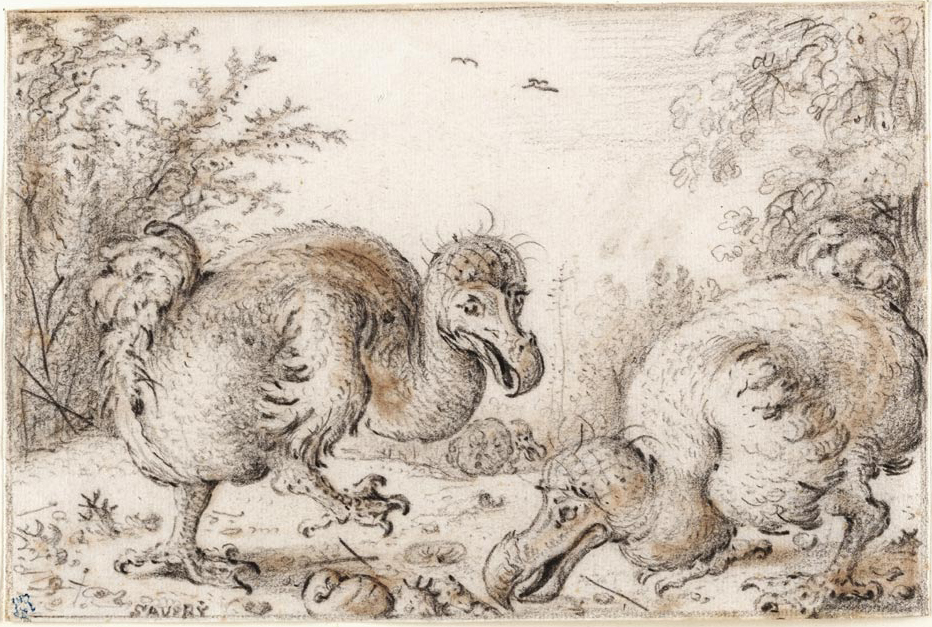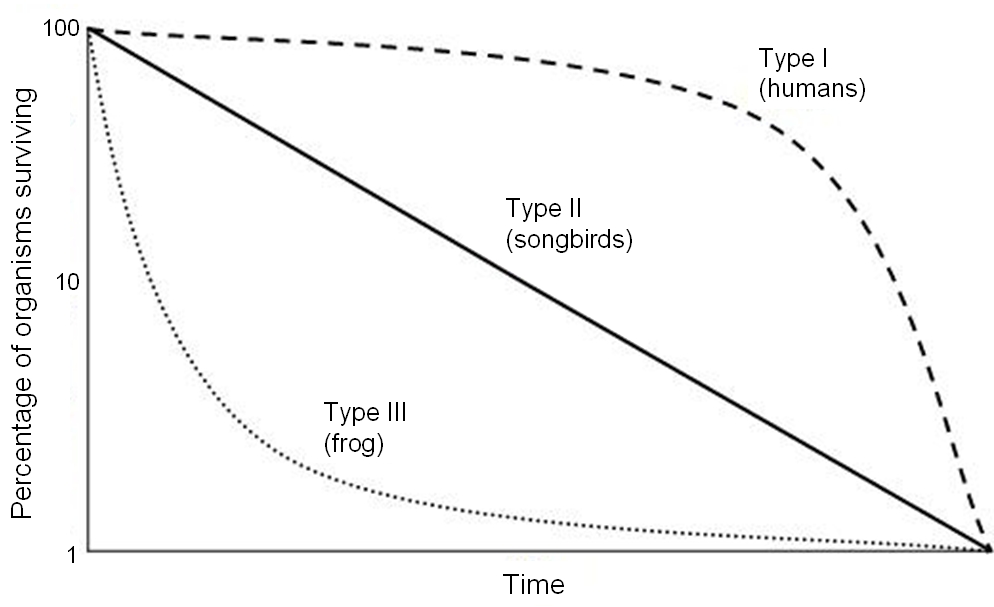
Are birds immortal? Not exactly. Generally we consider mortality as immunity from death – living forever. As we all know, though, death is inevitable for all living things. Humans have extended their life span, though and some radical thinkers believe immortality is possible. Males born in 1940 were expected to live to be 65, females 70. Today those figures are 72 and 84, respectively. The main reasons are improved sanitation and medical care, especially vaccinations, clean water, and flush toilets. So we age more slowly before we wear out.
What about birds? You’ve seen old dogs and cats and other kinds of aged animals, but have you ever seen an old bird? It’s easy for the experienced to tell an immature bird from a mature one, but can you tell a five year old American Robin from a ten year old one? I doubt it. Birds get older, of course, but they don’t seem to age; they don’t even seem to decline slowly until the end comes. You rarely even see an injured bird. Why is that?
Most birds live an active life, using a high metabolic rate to support their flying, foraging, molting, and maybe migrating. You could say they are living on the edge. A few missing feathers, a broken bone, an illness, or other infirmity puts them in serious danger. While a coyote or raccoon can survive with three legs, a bird with one wing cannot. Now, I have seen one-legged birds, but that’s about the only major injury I have noticed in wild birds.
A little science here. There’s a thing called a survivorship curve (see figure).

What the survivorship curve indicates is that humans live pretty well for 60 or so years, their chance of dying being more or less equal over that time. After about 60, the chances of dying continually increase. Birds, however, die at about the same rate no matter how old they are. Example: a 65 year old man is more likely to die in his 66th year than a 30 year old human in his 31st year. A 10 year old bird, however, is no more likely to die than a two year old bird. There’s a third curve as well – you can figure that one out, I think.
Birds walk a fine line and have to be in good shape all the time. Almost any illness or injury will eliminate a bird from the gene pool. If they stay healthy, avoid breaking a leg or being eaten by a fox, they could live many many years. There is one caveat- I’m talking about adult birds. The chances of an egg making it to adulthood the next year are pretty slim; only 10-40% make it through the egg, nestling, fledgling, and immature stage to adulthood, especially if a migration is involved.
As a Walt Disney movie in 1968 proved http://www.youtube.com/watch?v=al_Zxx6HUG0 , it’s tough to be a bird.